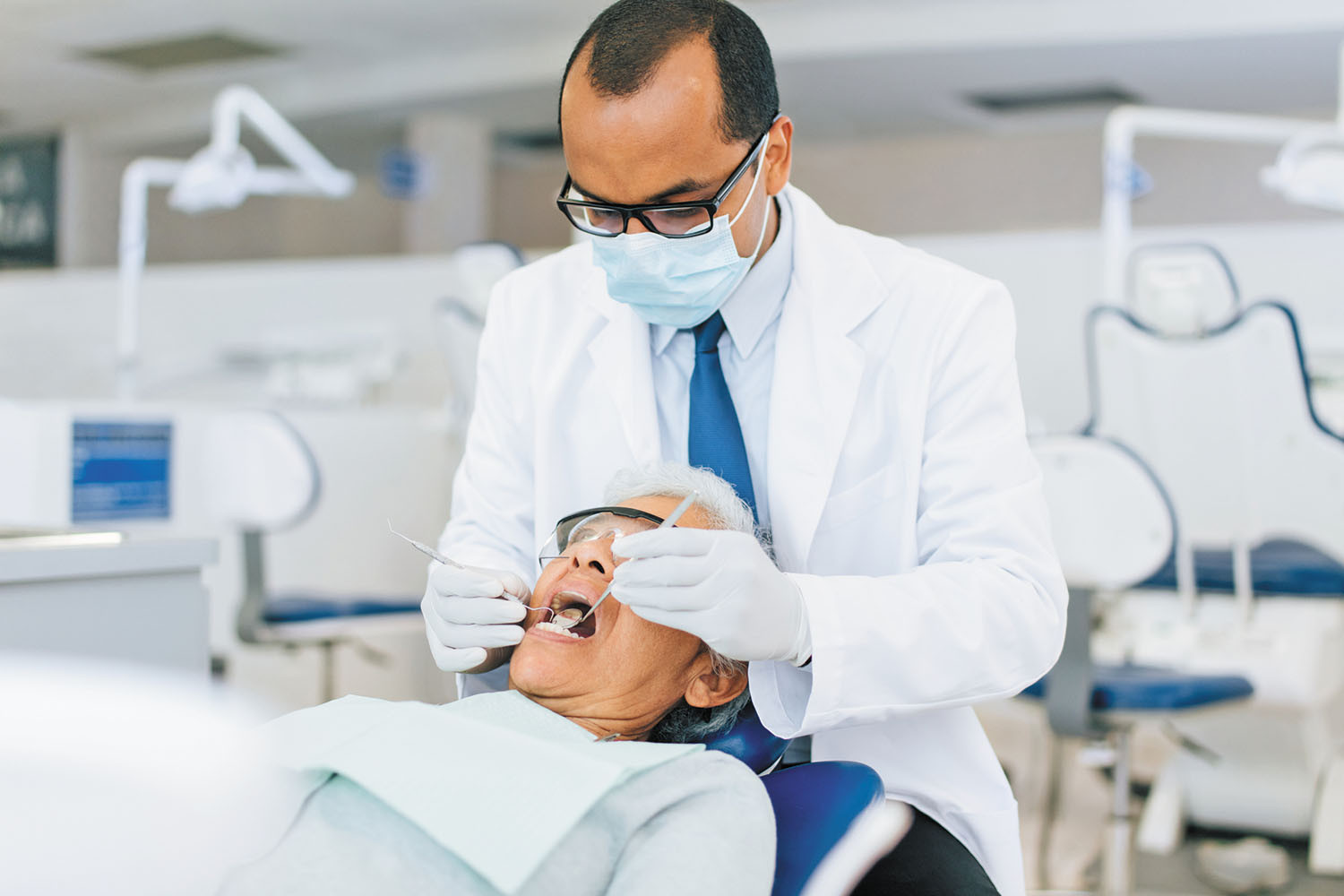With its golden warmth and mood-lifting brightness, the sun beckons us to step outside and bask in its radiant embrace. It keeps us physically active and plays an essential role in producing Vitamin D, which is vital for bone health. However, like anything else, moderation is key, and knowing how to safely spend time in the sun is critical.
Table of Contents
Understanding UV Index and Peak Hours
Knowledge is your first line of defense. Understand the Ultraviolet (UV) index; it measures the strength of sunburn-producing UV radiation. Higher values mean greater risk, so plan your outdoor activities when the UV index is low. Typically, the sun is strongest between 10 AM and 4 PM. Try to limit your exposure during these peak hours.
Dress for Sun Success
Choose your outdoor wardrobe wisely. Opt for long-sleeved shirts, long pants, or skirts to provide protection against UV rays. Clothes with dark colors and tight weaves are more protective than light-colored, loosely woven fabrics. Also, invest in UV-blocking sunglasses to protect your eyes from harmful rays.
Importance of Sunscreen
Sunscreen is a non-negotiable element for any sun exposure. Choose a broad-spectrum sunscreen with an SPF of 30 or more. Apply generously and regularly every two hours or after swimming or sweating. Remember, even overcast skies don’t negate the need for sunscreen.
Cover Your Head
Wearing a hat serves a dual purpose. It shields your face from direct sunlight and protects your scalp, a commonly overlooked area susceptible to sun damage. Opt for hats with wide brims for more coverage, protecting your neck, ears, and eyes.
Hydration is Essential
Staying hydrated cannot be overstated when spending time in the sun. Drink plenty of water before you go out, and keep sipping throughout the day. You can also consider hydration packets, which are convenient and help replenish lost electrolytes due to sweating.
Cool Down Periodically
Occasionally, seek refuge in the shade, especially during peak hours. It provides a respite from the heat, reducing the risk of heatstroke. If a shade isn’t available, create your own with a portable umbrella or canopy.
Know Your Medications
Some medications can make your skin more sensitive to sunlight, increasing the risk of sunburn. Common examples include certain antibiotics, antifungals, and antihistamines. Check with your doctor or pharmacist about sun-sensitivity side effects if you’re on any medication.
Protecting Your Little Ones
Children’s skin is more sensitive to sun exposure. Apart from dressing them appropriately and applying sunscreen, encourage them to play in the shade during peak hours. Cultivating sun-safe habits early is crucial for lifelong skin health.
Regular Skin Checks
Conduct regular self-examinations of your skin for any changes or unusual spots. Dermatologists recommend a head-to-toe self-examination every month. If you notice any changes, seek medical advice promptly.
Outdoor Activity Timing
Plan your outdoor activities early in the morning or late in the afternoon if possible. These times offer cooler temperatures and less intense UV radiation, making sun exposure safer and more comfortable.
Consider Sunless Tanning
If you’re after that sun-kissed glow, consider sunless tanning products. They provide a tan-like appearance without exposing your skin to harmful UV rays. Remember to continue your sun protection practices, as these products don’t offer UV protection.
Nutrition Matters
Certain foods rich in antioxidants are known to provide some protection against sun damage. These include fruits and vegetables rich in vitamins C and E, carotenoids, and omega-3 fatty acids. So, nourish your skin from within by incorporating these foods into your diet.
Avoid Sunburns
Sunburns significantly increase the risk of skin damage and skin cancers. If you find your skin turning pink or uncomfortable, it’s a sign that you should step out of the sun immediately. Cool the skin with a damp cloth, apply a soothing aloe vera gel, and ensure you’re better protected next time.
Respect Your Skin Type
Lastly, understanding your skin type is essential. Fair-skinned individuals are more susceptible to sun damage and need more rigorous protection. However, you shouldn’t skimp on sun protection regardless of skin type or color.
Spending time in the sun can be a refreshing and enriching experience. However, balancing its benefits with its potential harm is paramount.




